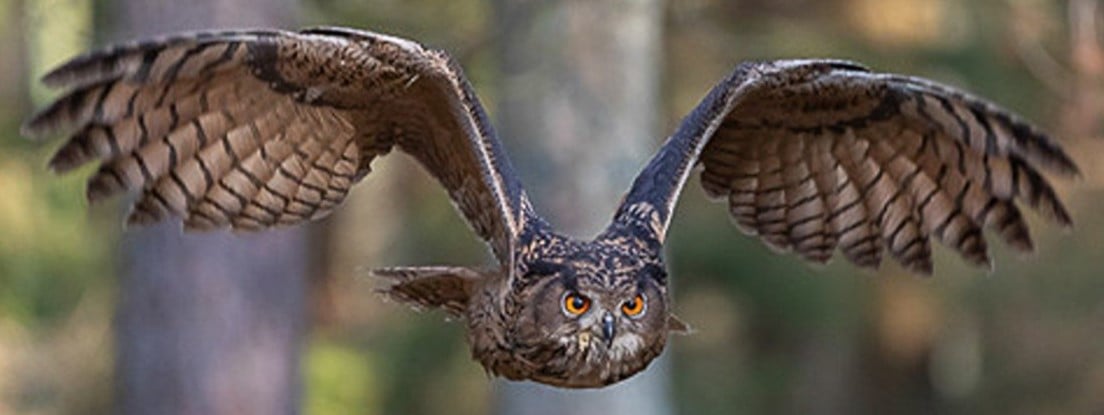Pierce did a little sunbathing at work this morning. Owls do this by going down to the ground and spreading their wings out in the sunshine. The sunlight may help convert the oil on their feathers to Vitamin D that they ingest the next time they preen.
Some further reading from Zoo Atlanta:
Did you know? Birds are endotherms, like you and I, so just like us they can regulate their own body temperature. But it still feels nice to get a little head-start with the help of the sun. Sunbathing is an important part of a bird’s routine. In fact, there are many beneficial reasons why birds tend to sunbathe.
Sunbathing can help with feather maintenance. When oils are heated, they become less viscous or in other words, they move faster, so that oil produced to maintain their feathers can be spread more easily. It also helps control ectoparasites, either by killing them directly or by increasing their vulnerability to preening as they try to escape from the heat.
UV light is important for birds because UVA is part of the vision spectrum of birds, they can see more than what we can, while UVB helps with the production of Vitamin D3 which helps with calcium absorption. A lack of calcium in birds results in an increased risk of seizures, an increased risk of reproductive problems such as egg laying, and lower bone density with an increased risk of fractures.
There are also different ways to sunbathe. Some species, like vultures, prefer to stand up, spreading their wings out away from their bodies, while species of pigeons and doves have been spotted lying down, lifting, or spreading one wing at a time. Others, like our guira cuckoos or tawny frogmouths, will lift regions of feathers on their body, sometimes creating what looks like balding patches to the passing eye. Either way, it involves trying to expose as much surface area as possible to take the best advantage of a sunny opportunity.

